Pet owners are always on the lookout for ways to ensure their furry friends are healthy and safe. If you’ve ever found yourself rummaging through your medicine cabinet seeking a solution to a minor mishap involving your dog, you’ve likely come across that familiar brown bottle – hydrogen peroxide. Widely used for its antiseptic properties in humans, is hydrogen peroxide safe for dogs? As you strive to provide the best care for your beloved pup, understanding the dos and don’ts of common household items is crucial. Dive into our comprehensive guide on hydrogen peroxide and its safety implications for dogs. We’ve gathered essential insights to equip you with the knowledge every responsible dog owner should have. Let’s unravel the mystery together!
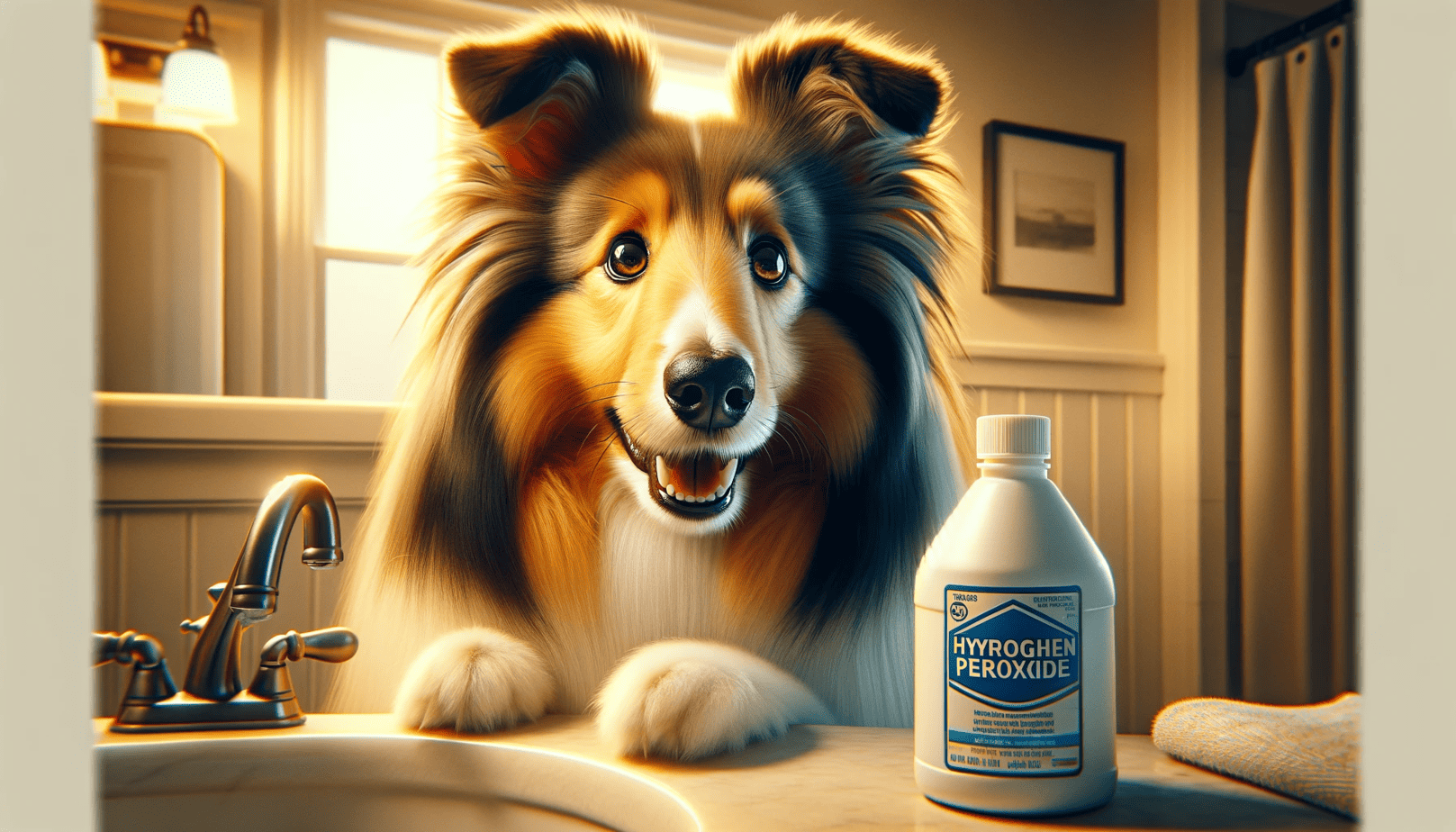
Some Wounds Always Require Veterinary Care
As dedicated pet parents, we always want the best for our furry friends. However, no matter how prepared or cautious we might be, accidents can happen. And when they do, it’s crucial to know when a simple cleaning won’t suffice and when professional veterinary care is an absolute must. While some minor scrapes can often be treated at home, certain injuries and wounds necessitate an immediate trip to the vet.
Deep Lacerations or Puncture Wounds
- Depth matters: Superficial scrapes might be manageable, but deep cuts that expose underlying tissue, muscle, or bone definitely require professional attention.
- Origin of wound: Animal bites or injuries from sharp objects, like nails or shards of glass, can introduce harmful bacteria and necessitate more advanced care.
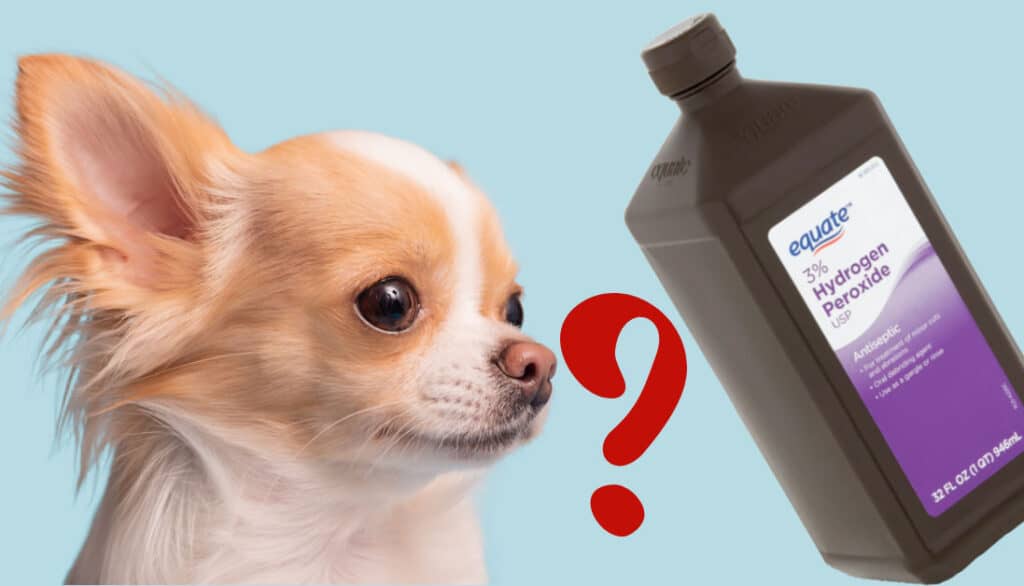
Wounds with Embedded Foreign Objects
- Visibility: Even if you see a thorn or piece of gravel, it’s not always safe to remove it yourself. Some objects can cause more damage when extracted without proper technique.
- Potential complications: Foreign objects can cause infections, abscesses, or other complications if not properly addressed.
Injuries Near Vital Areas
- Eye injuries: Any wound or trauma near the eye can impact your pet’s vision and needs immediate evaluation.
- Joint injuries: Wounds near or on joints can impair movement and may involve deeper structures.
Wounds that Won’t Stop Bleeding
- Constant flow: If you’re unable to stop the bleeding with basic first aid after a few minutes, it’s time to see the vet.
- Pooling blood: If blood is pooling or there’s a significant amount lost, this is a clear sign of an emergency.
Signs of Infection
While this may develop after an initial injury, it’s vital to monitor any wound for:
- Swelling
- Foul odor
- Pus or discharge
- Increased warmth around the wound area
- Excessive redness
It’s always better to err on the side of caution. If you’re unsure about the severity of your pet’s wound or its potential complications, a visit to the veterinarian is always the wisest choice. Your pet’s health and comfort should always be a priority, and it’s essential to ensure they get the necessary care during their time of need.

When to Use (and NOT to Use) Hydrogen Peroxide for Cleaning Pet Wounds
For many of us, hydrogen peroxide has been a staple in our medicine cabinets for as long as we can remember. This bubbly, clear solution is known for its disinfecting properties and has been a go-to for cleaning minor cuts and scrapes. But when it comes to our pets, is it always the right choice? Let’s delve into the situations where hydrogen peroxide might be beneficial and the times when it’s best left on the shelf.
When to Use Hydrogen Peroxide for Pet Wounds
- Fresh, Superficial Wounds: If your pet has a fresh scrape that’s just on the surface, a diluted hydrogen peroxide solution can be considered for initial cleaning. Ensure it’s diluted, usually with equal parts water, to minimize tissue irritation.
When NOT to Use Hydrogen Peroxide for Pet Wounds
- Deep Wounds: Hydrogen peroxide can delay wound healing, especially in deeper lacerations. Its bubbling action can damage underlying healthy tissue and impede the healing process.
- Repeated Cleaning: While it might be okay for an initial clean, it’s not suitable for repeated wound cleaning. Repeated application can cause irritation and delay healing.
- Older Wounds: If a wound isn’t fresh, using hydrogen peroxide might not only be ineffective but could also introduce additional complications.
- Around Sensitive Areas: Eyes, ears, and mucous membranes can be easily irritated by hydrogen peroxide. It’s crucial to avoid using it near these regions.
- If Your Vet Advises Against It: Always remember, your veterinarian knows your pet’s health the best. If they suggest avoiding hydrogen peroxide, heed their advice.
In essence, while hydrogen peroxide has its moments in pet care, it’s not a one-size-fits-all remedy. Always approach wound care with caution and prioritize consultation with a professional. Your pet’s well-being and quick recovery should always be at the forefront of any decision you make.
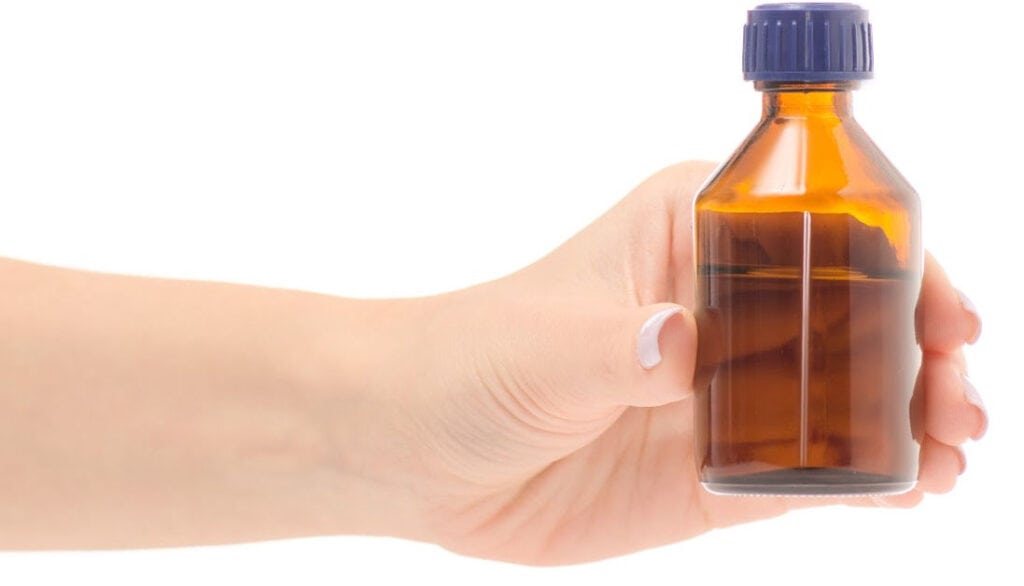
Why Hydrogen Peroxide is NOT Ideal for Cleaning Pet Wounds
When we think of first aid, many of us reach for that familiar brown bottle: hydrogen peroxide. Its effervescent action on contact with a wound and its reputation as a disinfectant can give us a reassuring feeling that we’re taking action against potential infection. However, when it comes to our furry companions, hydrogen peroxide might not be the knight in shining armor we once believed it to be. Let’s explore why this household staple is often discouraged for wound care in pets.
Damages Living Tissue
Hydrogen peroxide’s bubbling effect is not just about cleaning the wound. Unfortunately, it doesn’t differentiate between bacteria and healthy living cells. This means:
- It can destroy the very cells needed for wound repair.
- This cellular damage can slow down the healing process, increasing the risk of complications.
Delays Healing
While it may seem counterintuitive given its cleaning properties, hydrogen peroxide can:
- Cause vasoconstriction, reducing blood flow to the wound area.
- With decreased blood flow, essential nutrients and cells necessary for wound repair may not reach the site as efficiently.
Can be Painful
Our pets may not always show it, but hydrogen peroxide can cause discomfort.
- The fizzing action can irritate the wound.
- Repeated use can exacerbate this discomfort, causing distress to your pet.
Drying Effect
- Hydrogen peroxide can dry out a wound, creating a less optimal environment for healing.
- Dry wounds can become itchy, leading to increased scratching or licking, further delaying healing and introducing new complications.
Risk of Ingestion
Pets, especially dogs, have a knack for licking their wounds.
- If a pet licks a wound treated with hydrogen peroxide, they might ingest some of the solution.
- While small amounts may not be harmful, larger quantities can cause stomach upset.
Better Alternatives Available
- Today, there are many pet-specific wound cleaning solutions available that are gentler and more effective.
- Saline solution, for example, is often recommended for wound cleaning as it’s gentle and mimics the body’s natural fluids.
In conclusion, while hydrogen peroxide has served many households for years, it’s essential to understand its limitations, especially concerning our pets. Sometimes, the tried-and-true remedies we’ve grown up with need a second glance. Always prioritize your pet’s comfort and well-being, and when in doubt, consult with your veterinarian for the best wound care advice.

Alternatives to Using Hydrogen Peroxide to Clean a Wound
As we’ve established, while hydrogen peroxide is a common household item with disinfecting properties, it’s not always the ideal choice for wound cleaning, especially for pets. Thankfully, there are safer and often more effective alternatives available that can help promote healing while minimizing discomfort. Let’s dive into some of these options.
Saline Solution
- Nature’s Mimic: Saline closely mirrors our body’s natural fluids, making it gentle yet effective for cleaning wounds.
- DIY: You can make a saline solution at home by dissolving a teaspoon of salt in a cup of boiled, cooled water.
Chlorhexidine Solution
- Antiseptic Qualities: Chlorhexidine is an antiseptic used in various veterinary and human health applications.
- Safe & Effective: It’s gentler than hydrogen peroxide and effective in cleaning wounds without damaging living tissues.
Povidone-Iodine (Betadine)
- Broad-Spectrum: This antiseptic effectively kills bacteria, viruses, and fungi.
- Application: Always dilute with water (typically to a tea-like color) to ensure it’s not too strong for the wound.
Aloe Vera
- Natural Healer: Aloe Vera has natural healing and soothing properties.
- Use with Caution: Ensure you’re using 100% pure aloe without additives, and remember, while topical application can be beneficial, ingestion can be harmful to pets.
Honey
- Ancient Remedy: Used for centuries in wound care, honey offers antimicrobial properties.
- Go for Quality: Manuka honey, in particular, has gained popularity in modern wound care due to its enhanced healing properties.
Water
- Immediate Action: In the absence of anything else, flushing a wound with clean, cool water can help remove large debris and contaminants.
- Temporary Solution: While water can help in the initial cleaning, it’s beneficial to follow up with an antiseptic solution.
Commercial Pet Wound Cleansers
- Tailored for Pets: Many pet care brands offer wound cleaning solutions specifically formulated for animals, ensuring they’re gentle and effective.
- Convenience: These are often ready-to-use and come with applicators or sprays, making the process easier.
In wrapping up, it’s essential to recognize that every wound and situation is unique. While the alternatives mentioned above can be great options, always consider the wound’s severity, location, and any specific needs of your pet. In cases of deep wounds, punctures, or uncertainty, it’s always wise to consult with a veterinarian to get the best possible care for your furry friend.
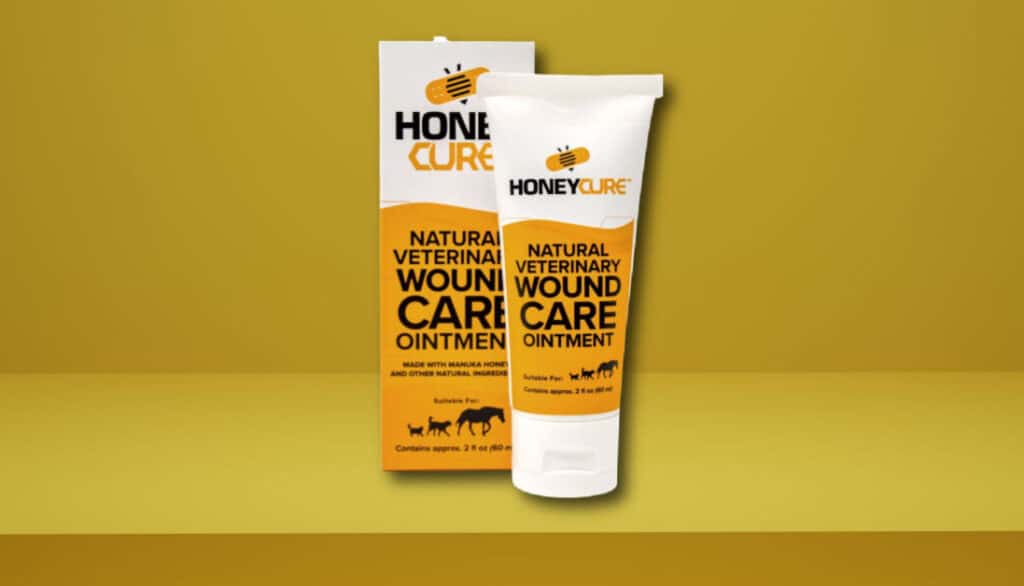
Simple Pressurized Saline is One of the Best Options for Initial Flushing of a Wound
When faced with a fresh wound, be it on ourselves or our beloved pets, the initial response is paramount. Amid the variety of cleaning solutions and methods, one stands out as particularly reliable and effective: pressurized saline. Let’s delve into why this simple solution is often hailed as a top pick for the first response in wound care and how you can prepare it right at home.
Mimics Natural Body Fluids
Saline solution is primarily just salt and water, closely resembling the body’s natural fluids. This makes it less likely to irritate the wound or surrounding tissue, offering a gentle yet effective cleansing action.
Reduces Bacterial Load
While saline might seem basic, its flushing action helps clear out debris and reduces the bacterial load in and around the wound, minimizing the risk of infection.
No Harsh Chemicals
Unlike many commercial wound cleaners, saline doesn’t introduce any harsh chemicals or potential irritants, making it suitable for sensitive areas or individuals.
Easily Accessible and Affordable
The ingredients for saline are straightforward and usually available in most households, making it an affordable and accessible choice for immediate wound care.
The Power of Pressurization
Pressurized saline, either from a squeeze bottle or syringe, offers added benefits:
- The force can help dislodge foreign objects or contaminants.
- It provides a deeper cleaning action than merely dabbing with a soaked cloth.
Homemade Saline Solution Recipe
Making a saline solution at home is straightforward. Here’s a simple recipe:
Ingredients:
- 1 teaspoon of non-iodized salt (sea salt or table salt without iodine is ideal)
- 1 cup of boiled distilled water or filtered water
Instructions:
- Bring the water to a boil and let it cool slightly.
- While still warm, dissolve the teaspoon of salt in the water.
- Allow the solution to cool to room temperature.
- Store in a clean, airtight container. For pressurized application, you can use a clean squeeze bottle or a syringe (without the needle) for more focused pressure.
Note: It’s best to make fresh saline solution when you need it and discard any leftovers after 24 hours to ensure it remains uncontaminated.
In conclusion, while there’s an array of options for wound care, sometimes the simplest solutions prove to be the best. Saline solution, especially when pressurized, provides a gentle, effective, and affordable method for initial wound cleaning. Whether you’re dealing with a scraped knee or a pet’s minor injury, it’s a handy remedy to have in your first aid repertoire.
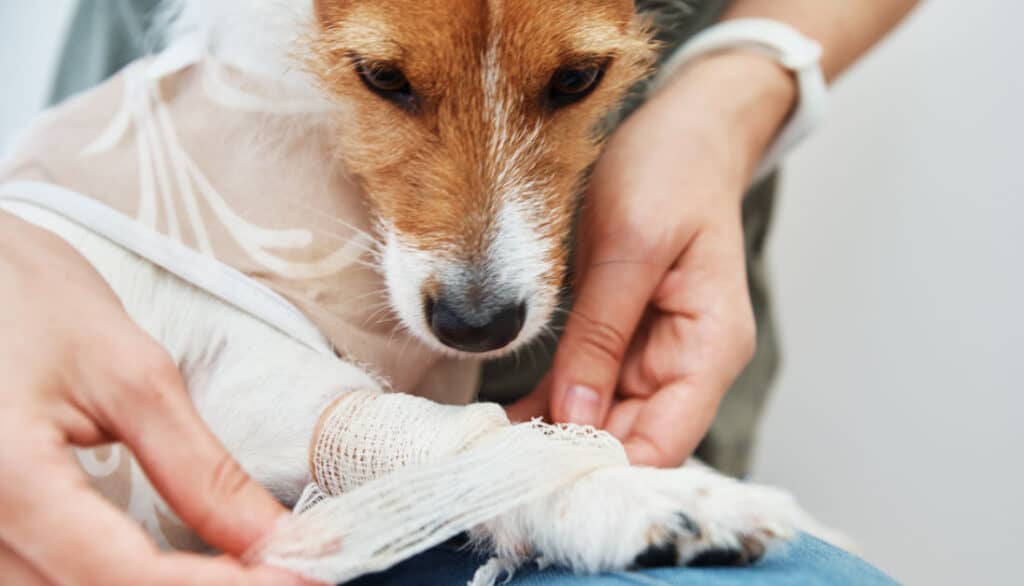
When is it OK to Use Hydrogen Peroxide in Cleaning Pet Wounds?
Hydrogen peroxide has long been a staple in many households, often employed to cleanse and disinfect wounds. But when it comes to our pets, its use is a topic of debate among veterinarians and pet care experts. While it’s not universally recommended due to various concerns, there are specific situations where hydrogen peroxide might be considered appropriate for wound cleaning. Let’s explore those instances.
Superficial Abrasions
Hydrogen peroxide can be employed for very superficial scrapes and abrasions, as its bubbling action can help lift dirt and debris from the wound.
Points to Consider:
- Always use a diluted solution, typically mixing equal parts of water and hydrogen peroxide.
- Avoid repeated applications, as this can delay healing and irritate the skin.
Initial Disinfection
For fresh wounds, especially those that have come into contact with potentially contaminated surfaces, a one-time use of hydrogen peroxide can be considered for its disinfectant properties.
Points to Consider:
- After the initial disinfection, switch to milder cleaning agents like saline for subsequent wound care.
- Remember, hydrogen peroxide doesn’t differentiate between harmful bacteria and beneficial skin cells, so its frequent use can impede the healing process.
Precautions and Things to Remember
- Not for Deep Wounds: Hydrogen peroxide can damage the deeper tissue layers, potentially delaying healing and causing more harm than good.
- Avoid Sensitive Areas: Areas such as eyes, ears, and mucous membranes can be easily irritated by hydrogen peroxide.
- Monitor for Irritation: If your pet shows signs of increased discomfort, redness, or swelling after using hydrogen peroxide, discontinue its use and consult with your veterinarian.
- Always Consult: When in doubt, it’s always best to consult with a veterinarian before applying any substance to your pet’s wounds.
In essence, while hydrogen peroxide does have potential applications in pet care, its use should be approached with caution. Understanding when and how to use it safely can make a difference in ensuring your pet’s swift recovery and overall well-being.
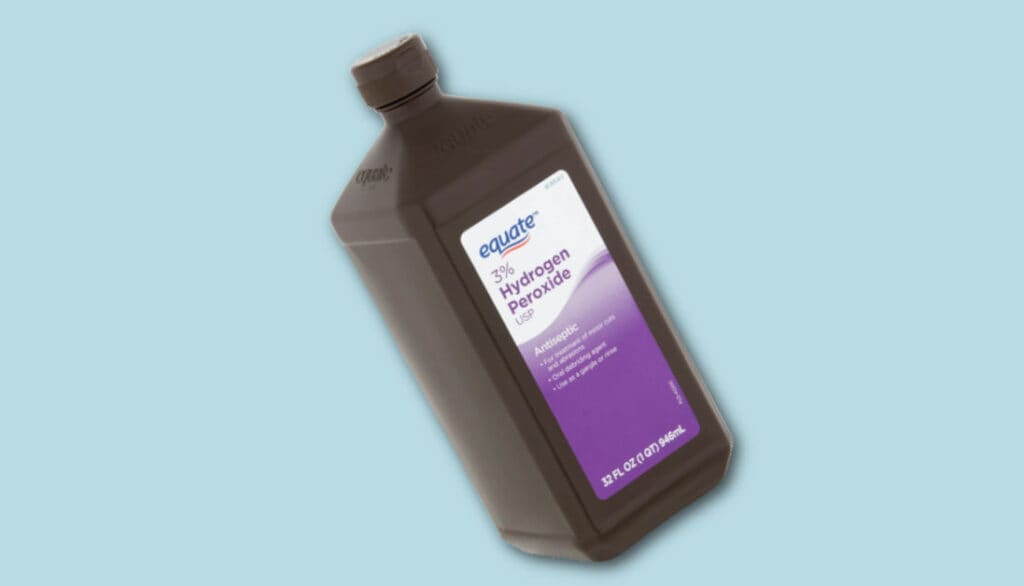
Other Uses for Hydrogen Peroxide
Hydrogen peroxide is a versatile household product that goes beyond just wound care. For pet owners, it’s handy to know the various ways this common solution can be utilized in day-to-day pet care scenarios. Here’s a closer look at some of the other applications of hydrogen peroxide in the realm of pet care.
Skunk Odor Removal
Anyone who’s had a pet sprayed by a skunk knows how potent and persistent that smell can be! Hydrogen peroxide, when combined with baking soda and dish soap, can create a safe and effective de-skunking solution.
Recipe:
Application:
- Mix the ingredients together in an open container (don’t store in a sealed bottle as it can explode due to gas buildup).
- Using gloves, apply the mixture to your pet’s fur, avoiding the eyes, ears, and mouth.
- Let it sit for about five minutes, then rinse thoroughly.
- Always make a fresh batch when needed.
Cleaning Ear Wax
Some pets, especially certain dog breeds, are prone to ear wax buildup. A diluted hydrogen peroxide solution can assist in softening and removing this wax.
Points to Consider:
- Always consult with your vet before using hydrogen peroxide in your pet’s ears.
- Ensure the solution is appropriately diluted, typically a mix of equal parts water and hydrogen peroxide.
Disinfecting Pet Toys and Accessories
From chew toys to food bowls, pets’ belongings can become breeding grounds for bacteria. A diluted hydrogen peroxide solution can be used as a non-toxic disinfectant.
Instructions:
- Mix equal parts of water and hydrogen peroxide.
- Wipe down or soak pet items in the solution.
- Rinse thoroughly (especially important for items like bowls).
Whitening Fur Stains
Some pets, especially white-furred breeds, can develop tear or saliva stains. A diluted solution of hydrogen peroxide can help lighten these stains.
Points to Consider:
- Always conduct a patch test to ensure no adverse reactions or irritations.
- Be cautious to avoid the eyes and mouth while applying.
Preventing Algae in Water Bowls
A few drops of hydrogen peroxide in your pet’s water bowl can help prevent the growth of algae, especially if the bowl is kept outdoors.
Points to Consider:
- Always use food-grade hydrogen peroxide for this purpose.
- Consult with a vet to determine a safe concentration.
In wrapping up, while hydrogen peroxide holds multiple uses in pet care, always prioritize safety. Remember that concentration matters, and what’s safe for one pet might not be for another. As a pet owner, your best resource will always be a trusted veterinarian, so don’t hesitate to reach out and consult before trying something new. After all, it’s all about keeping our furry friends happy and healthy!

How to Monitor Your Pet’s Healing
Taking care of a wound or injury is just the beginning; monitoring your pet’s healing process is equally vital. It helps ensure that the wound is healing as expected and helps in identifying any potential complications early on. Here’s a comprehensive guide to effectively oversee your furry friend’s recovery.
Check the Wound Regularly
- Visual Inspection: At least once a day, inspect the wound for signs of healing, such as reduced redness, swelling, and a gradual decrease in discharge.
- Photograph the Wound: Taking daily or regular photos can help you track subtle changes over time, giving a visual progression of the healing process.
Recognize Signs of Healthy Healing
- Reduction in Redness: While initial redness is common, it should reduce over time.
- Formation of Scabs: A scab is a natural protective barrier that shields the wound as new skin forms beneath.
- Gradual Shrinkage: The wound size should decrease as the skin starts to regenerate and close the gap.
- Reduction in Pain or Discomfort: Your pet should seem more at ease each day, indicating less pain associated with the wound.
Be Alert to Warning Signs
- Persistent Swelling: While some swelling is normal initially, if it continues or worsens, it might indicate an infection or other complications.
- Foul Odor: An unpleasant smell coming from the wound can be a sign of bacterial infection.
- Increased Heat: If the wound feels warmer than surrounding areas, it might indicate inflammation or infection.
- Pus or Discharge: While a small amount of clear discharge can be normal, yellow, green, or bloody discharge can signal complications.
- Behavioral Changes: If your pet becomes lethargic, refuses food, or shows signs of distress, they may be feeling unwell.
Keep the Wound Clean
Gently cleaning the wound as advised by your vet helps in preventing infections and complications. Depending on the wound’s nature, a mild saline solution or a prescribed antiseptic might be recommended.
Limit Physical Activity
Based on the wound’s location and severity, limit your pet’s physical activity. Overexertion can strain the wound, possibly leading to reopening or complications.
Prevent Chewing or Licking
While pets often instinctively lick wounds, excessive licking can slow healing and introduce bacteria. Consider using protective collars or lightweight bandages to deter this behavior.
Stay on Top of Medications
If your veterinarian has prescribed antibiotics or pain medication, ensure your pet receives the full course, even if they seem better. This ensures that any underlying bacteria are thoroughly eradicated.
Regular Vet Check-ups
Schedule follow-up visits with your veterinarian to assess the healing progress. They can provide expert insights, address concerns, and adjust treatment plans if necessary.
In conclusion, while the initial treatment of a wound is crucial, the steps you take afterward play a pivotal role in your pet’s recovery. Stay observant, be patient, and always prioritize your pet’s comfort. And remember, when in doubt, your veterinarian is just a call away to guide you through the healing journey.
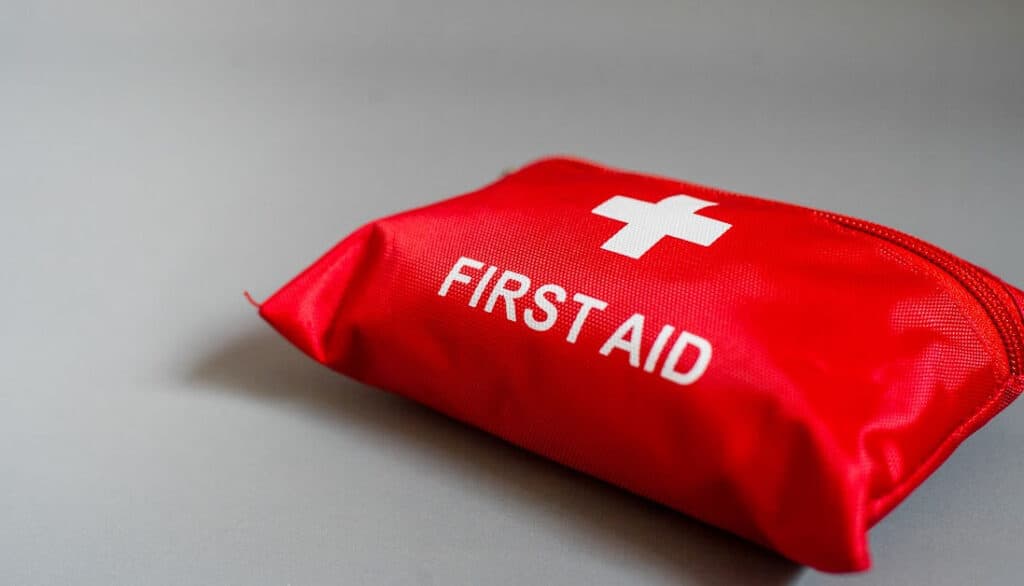
How to Tell if Your Pet’s Wound is Infected
When our beloved pets suffer from injuries or wounds, ensuring their rapid and complication-free healing becomes a priority. One of the primary concerns during the healing process is the potential for infection. Identifying signs of an infection early can make all the difference in your pet’s recovery. Here’s a guide to help you discern if your pet’s wound might be infected.
Prolonged Redness and Swelling
While some redness and swelling can be expected initially, persistent or increasing redness after a few days might be a sign of infection. Swelling that doesn’t subside or intensifies can also be concerning.
Warmth Around the Wound Area
If you gently touch the area surrounding the wound and it feels significantly warmer than other parts of your pet’s body, it might indicate inflammation or an ongoing infection.
Discharge or Pus
A clear discharge in the initial stages of healing can be typical. However, if the wound starts oozing yellow, green, or even bloody pus, it’s a clear sign of infection.
Foul Odor
An unpleasant smell emanating from the wound is a common symptom of bacterial infection. A clean, healing wound shouldn’t produce any significant odor.
Lethargy or Behavioral Changes
Your pet might seem more tired than usual, lose their appetite, or become unusually aggressive or irritable due to the discomfort or pain associated with an infected wound.
Fever
Just like humans, pets can develop a fever when battling an infection. If your pet seems overly warm, is shivering, or shows other signs of fever, an infection might be the cause.
Increased Pain or Sensitivity
If your pet shows signs of increased discomfort, such as flinching when you come close to the wound or being reluctant to be touched, it could be due to the pain from an infection.
Delayed Healing
Wounds that don’t seem to be healing or look worse as days go by, rather than better, might be struggling with infection.
Loss of Appetite
An infected wound can make your pet feel unwell overall, leading to a reduced appetite or outright refusal to eat.
Excessive Licking or Chewing
While pets naturally tend to lick their wounds, excessive licking, biting, or chewing at the site can be their way of addressing discomfort, itchiness, or pain, often associated with infection.
Final Thoughts:
If you observe any of these signs, it’s essential to consult with your veterinarian promptly. Early intervention can prevent complications, ensuring your pet’s swift and full recovery. Remember, while keeping the wound clean is crucial, never self-prescribe treatments or antibiotics, as incorrect treatment can exacerbate the situation. Your vet will provide the best advice tailored to your pet’s specific needs.
How to Tell if Your Pet’s Wound Is Healing
Wound care for pets isn’t just about immediate treatment; it’s also essential to track the healing process. Monitoring the recovery ensures that everything is on the right track and helps spot potential issues before they escalate. Here’s how you can ascertain that your pet’s wound is on the path to successful healing.
Reduction in Swelling and Redness
The initial stages of a wound might exhibit redness and swelling. However, as the healing progresses, you should notice a gradual decline in both. The skin should begin to revert to its usual color and texture.
Formation of a Scab
A scab’s formation is a good sign as it indicates that the body is actively working to heal the wound. The scab serves as a protective cover, allowing the skin underneath to regenerate. As healing continues, the scab might start flaking away, revealing new skin beneath.
Diminishing Discharge
While a fresh wound might produce some clear fluid, known as exudate, this should decrease as days go by. The absence of yellow, green, or bloody discharge, which can signify infection, is a good indicator of healthy healing.
Decrease in Pain
As the wound starts healing, the pain and discomfort levels should subside. You might notice your pet becoming more active, less irritable, and showing less concern or focus on the wound area.
The Edges of the Wound Get Closer
For open wounds, you’ll notice the edges of the wound gradually moving closer together. This “contracting” is a sign of the skin working to close the wound.
Regrowth of Hair
Over time, as the skin heals entirely, you should observe the regrowth of fur or hair around the wound area. This is a final step in the healing process and a reassuring sign that your pet’s skin has mostly recovered.
Increase in Overall Energy and Appetite
A pet on the mend will often exhibit a resurgence in energy and a return to regular eating habits. Their demeanor will shift from possibly lethargic or listless to more lively and engaged.
Wound Size Reduces
The wound’s overall size should decrease over time. This reduction is a combination of the wound’s edges contracting and new skin forming.
Final Thoughts:
While these signs indicate a healthy healing trajectory, it’s still vital to maintain regular check-ins with your veterinarian, especially if any concerns arise. Healing can vary based on the wound’s nature, location, and your pet’s overall health. Always trust your instincts; you know your pet best, and if something feels off, it’s always a good idea to seek professional advice. Your dedication to monitoring their recovery, combined with expert care, ensures that your pet gets back to their playful self in no time.

Conclusion
Wounds and injuries can be distressing, not just for our pets, but for us as their caretakers. But with knowledge comes empowerment. Understanding the ins and outs of wound care, from the suitability of hydrogen peroxide to the subtle signs of healing, equips you with the tools to make the best decisions for your pet’s health.
It’s heartening to see the resilience and strength pets display, even when faced with discomfort. And while they rely on their innate ability to heal, they also count on our love, care, and diligence to guide them through their recovery.
Remember, the bond between you and your pet is like no other. It’s built on trust, understanding, and mutual care. So, even as you navigate the intricacies of wound management, always prioritize their comfort, trust your instincts, and collaborate closely with your veterinarian.
As you come to the end of this guide, we hope you feel more prepared and confident. Whether it’s a minor scrape or a more significant injury, armed with this knowledge, you’ll be better positioned to support your furry friend on their journey back to frolics, tail wags, and purrs. Because after all, a happy pet means a happy home.
Resource – Care of Open Wounds in Dogs | VCA Animal Hospitals. (2023). Vca. https://vcahospitals.com/know-your-pet/care-of-open-wounds-in-dogs
